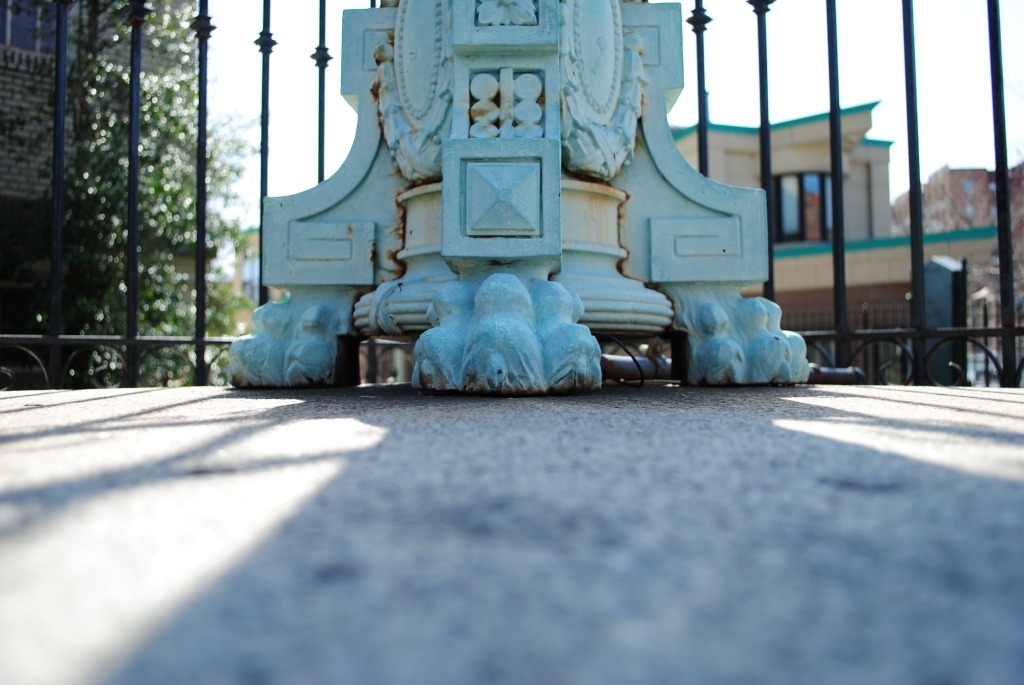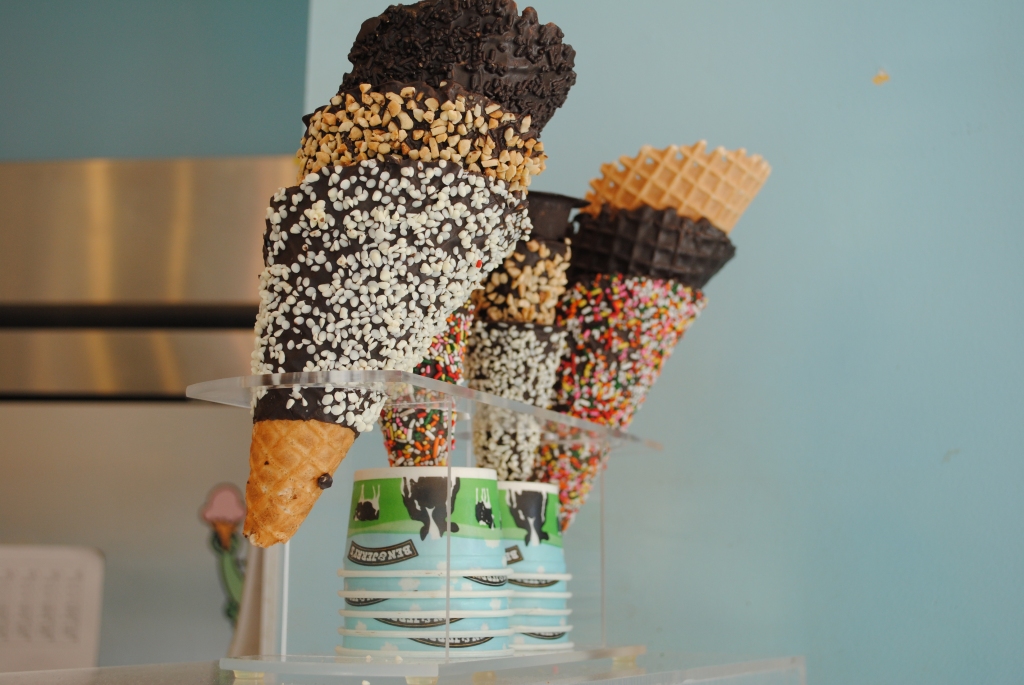Ten rules of composition
My high school drama teacher used to yell at the actors during rehearsal, “Make pictures! Don’t just stand in a straight line, make pictures!” Usually, she meant that we should stand at varying levels and distances from the edge of the stage. Composition is even more important in photography, when the visual aspect is all there is. This week my photography homework was to take 10 photographs illustrating these 10 “rules” of composition.
1. Rule of Thirds — If you draw a tic-tac-toe grid over the photo, the most important element(s) should be aligned with one of the vertical or horizontal lines, or positioned at the intersection of two lines. This bird was patient enough to let me move to place him in an ideal rule-of-thirds position, looking into the center of the photo. (I used to do newspaper layout, and one of our composition rules was that subjects should look into the center of the page, not off of it. The same idea applies to the photo itself.)
2. Balancing elements — One strong subject can be balanced by a secondary subject. Here the building in the background balances the lightpost in the foreground.
3. Leading lines — Lines that travel through the photo help the viewer’s eye to do the same.
4. Patterns and symmetry — Repetition of forms, whether symmetrical or, in this case, not, can give a clear focus to a picture.
5. Viewpoint — This is the same lightpost as in the second picture, but here I put my camera on the pedestal to focus on the sculptural design of the base. Photographing something familiar from an unexpected viewpoint can make the photo more interesting. (I spent an embarrassing amount of time shooting this lightpost, and this is my favorite take on it.)
6. Background — Backgrounds are best kept simple so as not to distract from your subject.
7. Depth — Photos show a three-dimensional scene, but your photo is (probably) not going to be viewed in 3D. One way to convey depth in 2D is to have something in the foreground, middleground and background.
8. Framing — Using a natural frame within your photo is another way of telling your viewer where to look.
9. Cropping — I crop pretty ruthlessly already, and I really think that one of the most effective ways to draw attention to your subject is to get close.
10. Experimentation — As far as I can tell, this “rule” of composition is to keep trying until you’ve got something that works, and know that it’s OK to break the rules from time to time.
1000 things: 10/1000 (1 percent done!)











Concise and you have some good examples. I particularly like the train station shot.
Great work, and ‘rules’. I’m in favour of the ice cream cones and the daisies. But, I agree mostly with the Experimentation rule (after you’ve developed the ‘eye’).